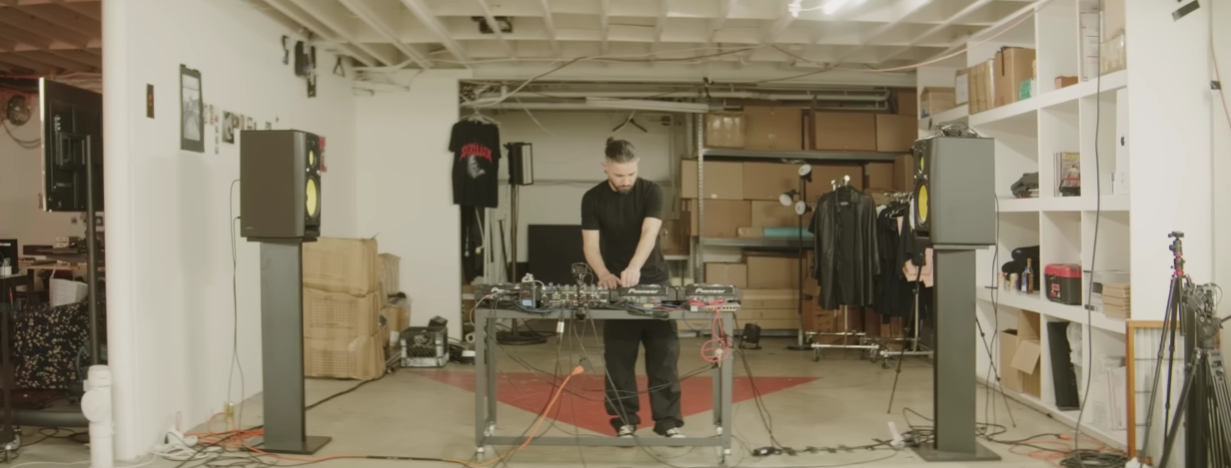Are you torn between the legendary Shure SM58 and the increasingly popular Audio-Technica AT2020? You’re not alone. Choosing the right microphone can feel overwhelming. After all, great audio elevates any vocal performance, podcast, or recording project. In this comprehensive guide, we’ll compare the Shure SM58 vs. Audio-Technica AT2020, break down their core differences, and help you decide which mic suits your needs best.
What We'll Cover
- The Iconic Shure SM58
- The Versatile Audio-Technica AT2020
- Key Differences Between Shure SM58 and Audio-Technica AT2020
- Choosing the Right Microphone for Your Setup
- People Also Ask
- What is the difference between a dynamic and a condenser microphone?
- Which microphone is better for vocals?
- Can I use the AT2020 for live performances?
- Do I need an audio interface for these microphones?
- Are these microphones good for podcasting?
- Additional Tips for Getting the Best Sound
- Price and Value Considerations
- Conclusion
The Iconic Shure SM58

EXEPTIONAL VOCAL PERFORMANCE - The SM58-LC delivers high-quality vocal reproduction, thanks to its tailored frequency response and brightened midrange for clear and present vocals.
INDUSTRY STANDAR...
The Shure SM58 is a dynamic, cardioid-pattern microphone that’s been an industry standard for decades. Its rugged build and ability to handle high sound pressure levels (SPL) make it a go-to for live performances and stage use. Many famous vocalists have relied on the SM58 for its reliability and warm tonal characteristics.
- Type: Dynamic
- Polar Pattern: Cardioid
- Frequency Response: 50 Hz – 15 kHz
- Power Requirement: None (does not require phantom power)
According to the official Shure website, the SM58’s tailored vocal response and minimal handling noise are key reasons for its ongoing popularity. The internal pneumatic shock mount reduces vibrations, so your voice comes through cleanly. Whether you’re belting out rock anthems on stage or performing stand-up comedy, the SM58 often tops the list of recommended dynamic mics.
- Extremely durable and road-ready
- Minimal background noise capture
- Great for live vocals and speech
- No phantom power needed
- Less detailed high-frequency response
- Not as ideal for delicate studio recording
The Versatile Audio-Technica AT2020

The price/performance standard in side address studio condenser microphone technology
Ideal for project/home studio applications; The noise level is 20 db spl
High spl handling and wide dynamic ran...
The Audio-Technica AT2020 is a condenser microphone known for its clarity and extended frequency range. Condenser mics are generally more sensitive, capturing subtle nuances that dynamic mics might miss. This sensitivity makes the AT2020 popular for studio vocals, podcasting, acoustic instruments, and voice-overs.
- Type: Condenser
- Polar Pattern: Cardioid
- Frequency Response: 20 Hz – 20 kHz
- Power Requirement: Phantom power (typically +48V)
According to Audio-Technica’s official documentation, the AT2020 provides a smooth frequency response and a high SPL handling capacity for a condenser mic. Its low-mass diaphragm ensures excellent transient response, making it ideal for detailed recordings. If you plan to record in a controlled environment—like a sound-treated studio—the AT2020 can deliver studio-grade quality.
- Crisp, detailed audio capture
- Wide frequency response
- Excellent for studio vocals and podcasting
- Relatively affordable for a condenser mic
- Requires phantom power
- More sensitive to room noise
- Not as rugged as dynamic mics
Key Differences Between Shure SM58 and Audio-Technica AT2020

The Shure SM58 vs. Audio-Technica AT2020 debate often boils down to dynamic vs. condenser technology. Here’s a quick comparison table for clarity:
| Feature | Shure SM58 | Audio-Technica AT2020 |
|---|---|---|
| Mic Type | Dynamic | Condenser |
| Polar Pattern | Cardioid | Cardioid |
| Frequency Response | 50 Hz – 15 kHz | 20 Hz – 20 kHz |
| Sensitivity | Lower, ideal for high SPL sources | Higher, captures subtle details |
| Power Requirement | None | Phantom power (48V typically) |
| Typical Use Case | Live vocals, stage performances | Studio recording, podcasting, vocals |
| Build | Very durable, rugged | Solid build but more delicate |
| Noise Handling | Excellent rejection of background | More prone to picking up room noise |
| Price Range (Approx.) | $99–$120 USD | $99–$130 USD |
1. Sound Character
- SM58 Sound: Warm and rounded, well-suited for close-up vocal work in loud environments.
- AT2020 Sound: More open and detailed, capturing intricate nuances.
2. Durability
- SM58: Known for legendary toughness. It can take a few knocks, making it perfect for touring musicians.
- AT2020: Sturdy for a condenser, but more sensitive to drops and handling.
3. Power Requirements
- SM58: Doesn’t need external power, so it’s plug-and-play with any standard audio interface or mixer.
- AT2020: Requires phantom power, which is typically available on most modern audio interfaces or mixers.
4. Noise Isolation
- SM58: Dynamic mics are less sensitive to background noise. Great for live shows or noisy environments.
- AT2020: Captures more ambient sounds, which can be a blessing in a studio but a drawback in a noisy space.
Choosing the Right Microphone for Your Setup
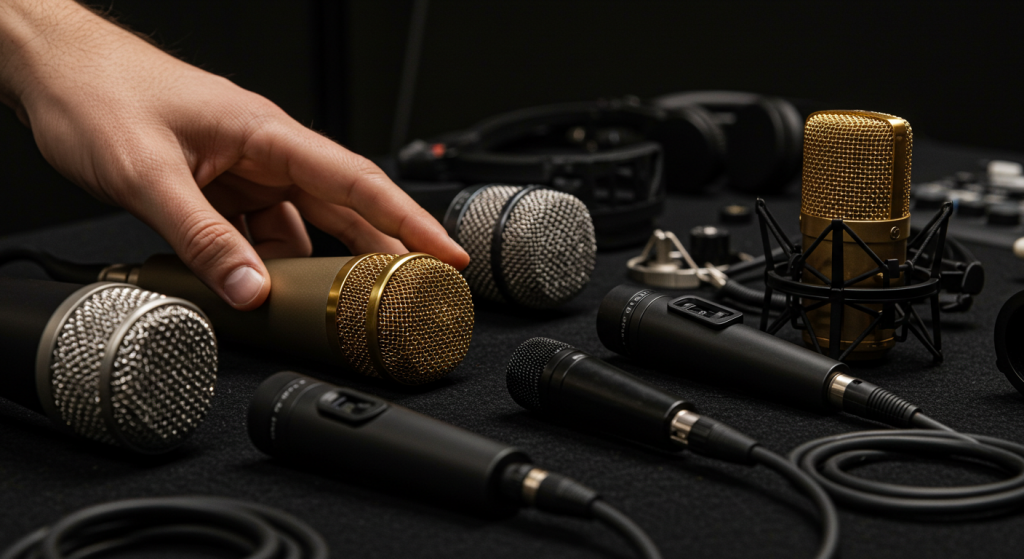
Now that we’ve explored the differences, how do you pick the perfect mic? It largely depends on your recording environment and usage.
Live Performances and Stage Use
If you’re a live performer, the Shure SM58’s legendary durability and feedback rejection make it a standout choice. You can move around confidently without worrying about accidental drops or handling noise. Plus, it’s been trusted by vocalists for decades, so you’ll be in good company.
Studio Recording and Podcasting
For studio vocals, podcasting, or voice-over work, the Audio-Technica AT2020 often outperforms dynamic mics in terms of clarity and detail. Its extended frequency response captures subtle nuances that make vocal tracks sound more polished. If you have a quiet environment or acoustic treatment, you’ll appreciate the AT2020’s sensitivity.
People Also Ask
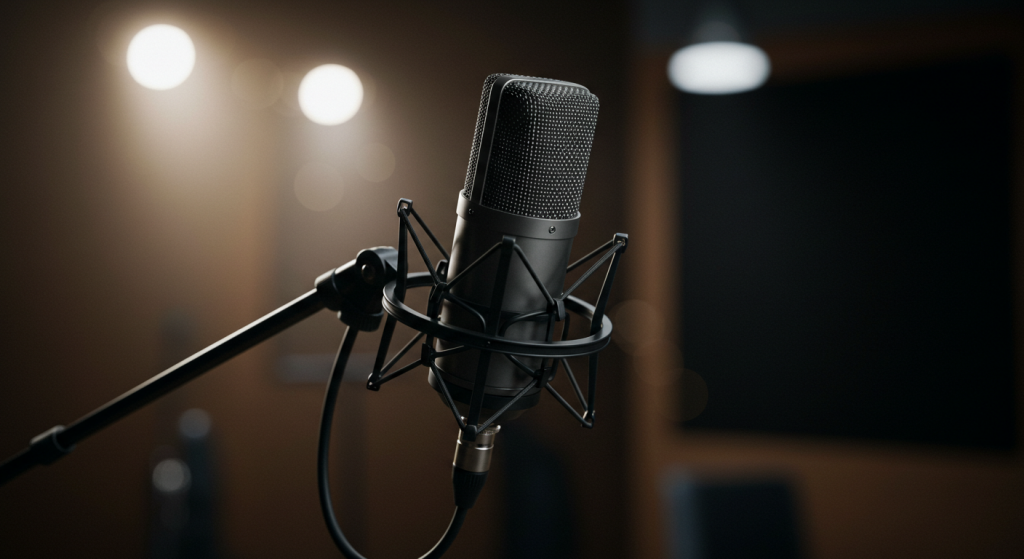
What is the difference between a dynamic and a condenser microphone?
A dynamic microphone (like the Shure SM58) uses a moving coil in a magnetic field to capture sound. This design is more robust and less sensitive to ambient noise. A condenser microphone (like the Audio-Technica AT2020) uses a thin diaphragm and a backplate. It requires phantom power to operate and typically offers higher sensitivity and a broader frequency response.
Which microphone is better for vocals?
There is no one-size-fits-all answer. The Shure SM58 excels for live vocals due to its durability and feedback rejection. The Audio-Technica AT2020 is often preferred for studio vocals or podcasting because of its detailed capture. Ultimately, your choice depends on your environment and style.
Can I use the AT2020 for live performances?
While you can use the AT2020 on stage, its high sensitivity may pick up more background noise or cause feedback in loud environments. If you have a controlled stage setting or use in-ear monitors, it can work, but the SM58 is typically more reliable in unpredictable live scenarios.
Do I need an audio interface for these microphones?
If you plan to record digitally, yes, an audio interface is recommended. The Shure SM58 can connect to any standard XLR input, while the AT2020 also needs an XLR input with phantom power. Some users opt for a USB version of the AT2020, which has an integrated audio interface. However, for the classic AT2020 and SM58, you’ll need a mixer or external interface.
Are these microphones good for podcasting?
Both can be used for podcasting, but the Audio-Technica AT2020 generally offers more clarity. Many podcasters do use the SM58, especially if they record in a less-than-ideal environment where ambient noise is an issue. The SM58’s lower sensitivity can help eliminate background hum or room echoes.
Additional Tips for Getting the Best Sound
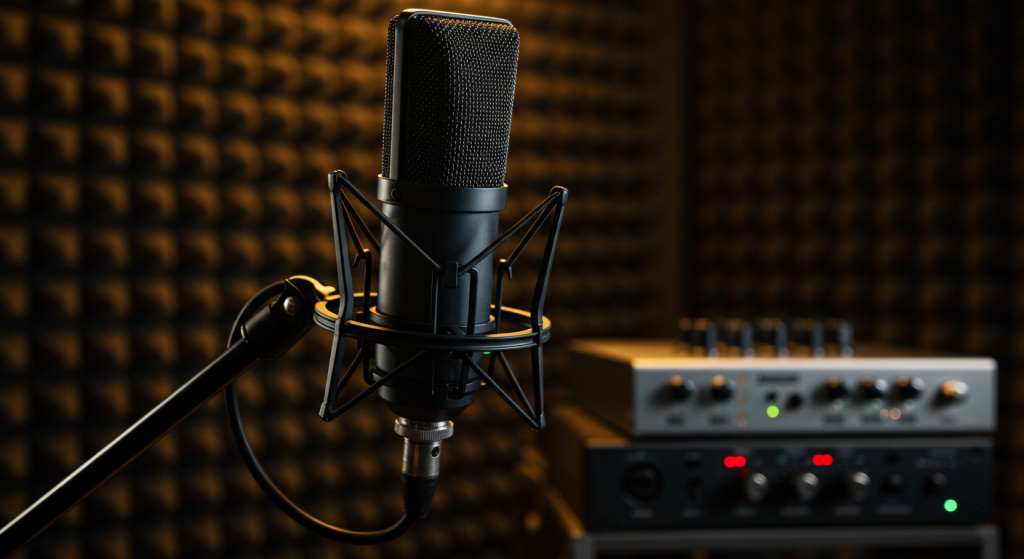
-
Use Proper Mic Technique
- Keep a consistent distance between your mouth and the mic. For the Shure SM58, many vocalists “eat” the mic (staying very close) to get that warm, intimate sound. The AT2020, however, might benefit from a pop filter and a bit of distance (6–8 inches).
-
Invest in Acoustic Treatment
- The AT2020 captures room reflections easily. Simple acoustic panels or even foam shields can drastically improve your recordings. Meanwhile, the SM58 is more forgiving in untreated spaces, but reducing echoes still enhances overall quality.
-
Check Your Levels
- While the SM58 can handle high SPLs without distortion, you’ll still want to ensure your levels aren’t peaking. The AT2020 can clip at lower SPLs if your gain is set too high, so monitor your levels carefully in your audio interface or DAW.
-
Consider Accessories
- Pop Filter or Wind Screen: For the AT2020, a pop filter is crucial to minimize plosives.
- Shock Mount: Helps reduce vibrations for the AT2020.
- Foam Windscreen: The SM58 has a built-in grille, but adding a foam windscreen can provide extra pop protection for outdoor or stage use.
Price and Value Considerations
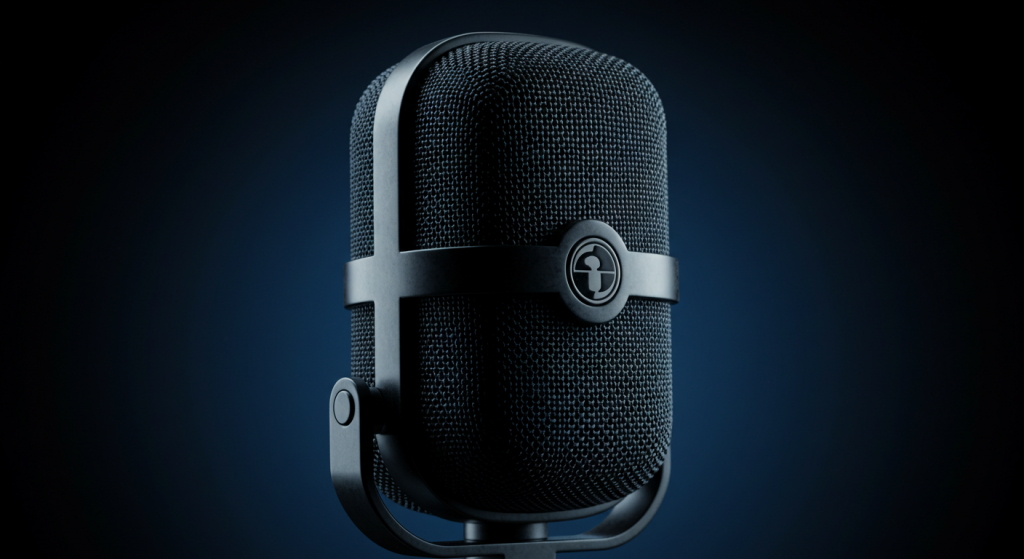
Both microphones generally fall within the $99–$130 USD price range. Given their similar cost, your decision likely hinges more on use case than budget. The SM58’s unbeatable durability and proven track record might justify the cost if you’re performing live every weekend. On the other hand, the AT2020’s detailed sound reproduction can be a game-changer if you’re focused on studio-quality recordings, voice-overs, or podcasts.
Conclusion
When it comes to Shure SM58 vs. Audio-Technica AT2020, the choice boils down to your needs:
- Shure SM58 if you need a dependable, rugged microphone for live performances or noisy environments.
- Audio-Technica AT2020 if you’re focused on studio-quality recordings, podcasting, or capturing subtle vocal details.
Both microphones are highly regarded in their respective categories. By understanding the differences in technology, performance, and ideal usage scenarios, you can make an informed decision. Remember to factor in your recording environment, whether you need phantom power, and how you plan to use the mic—on stage or in a studio.
With the right microphone, you’ll capture clear and compelling audio, leveling up your music, podcasts, or any creative project. Take these insights, apply them to your specific situation, and you’ll be well on your way to professional-sounding audio.
The responses below are not provided, commissioned, reviewed, approved, or otherwise endorsed by any financial entity or advertiser. It is not the advertiser’s responsibility to ensure all posts and/or questions are answered.




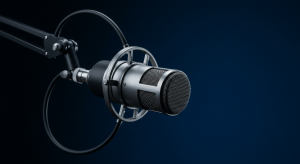
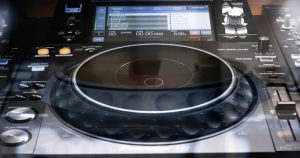
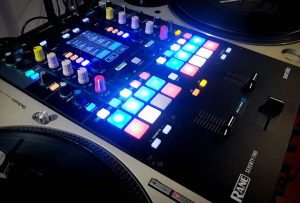
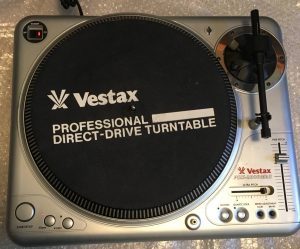
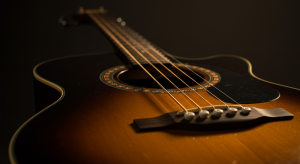

![Top DJ software for Live Performances and Gigs [2024]](/assets/images/e3802ce366623687d91ac7df2186a9ea.png)
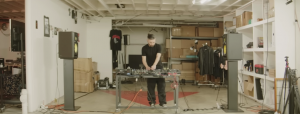




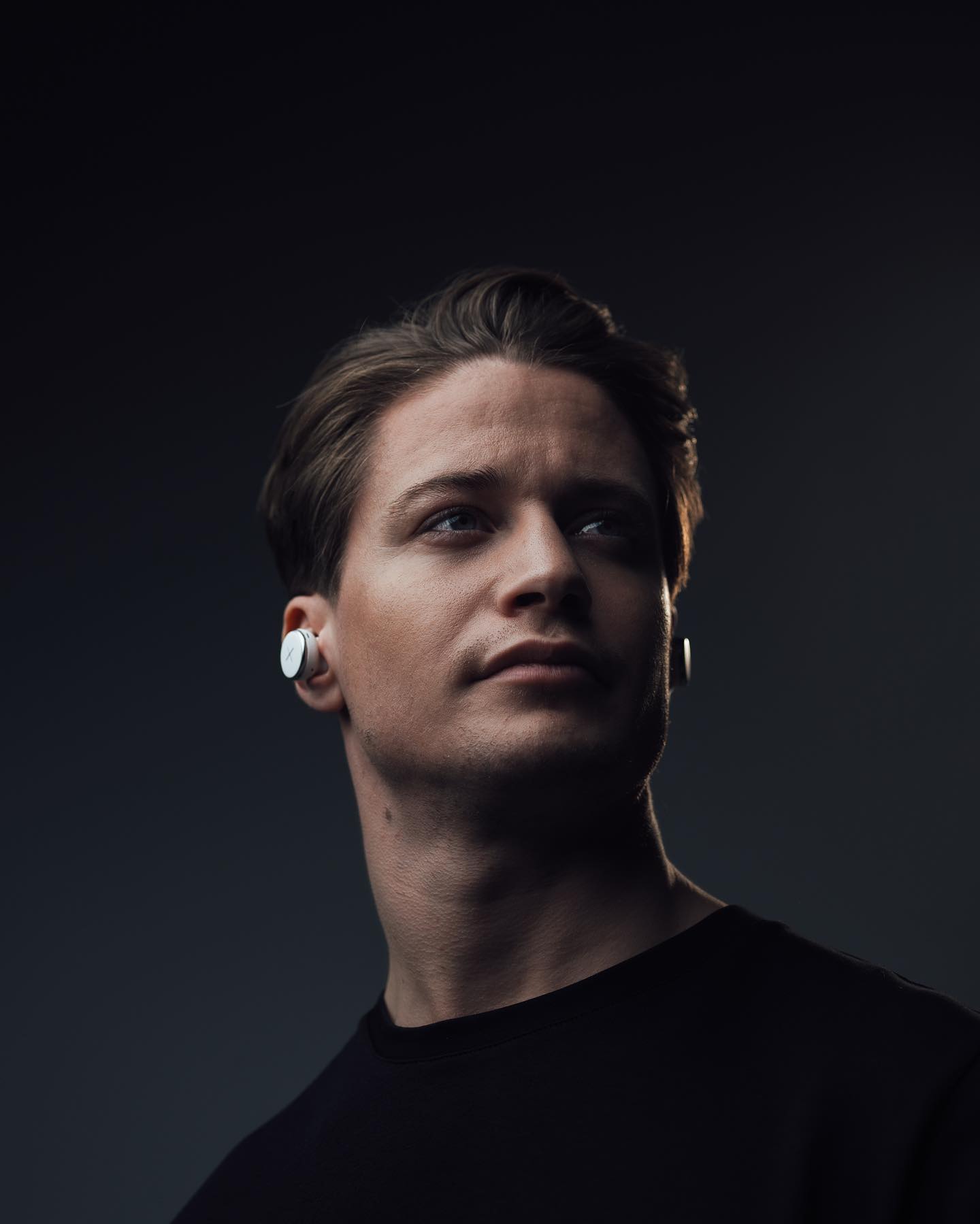


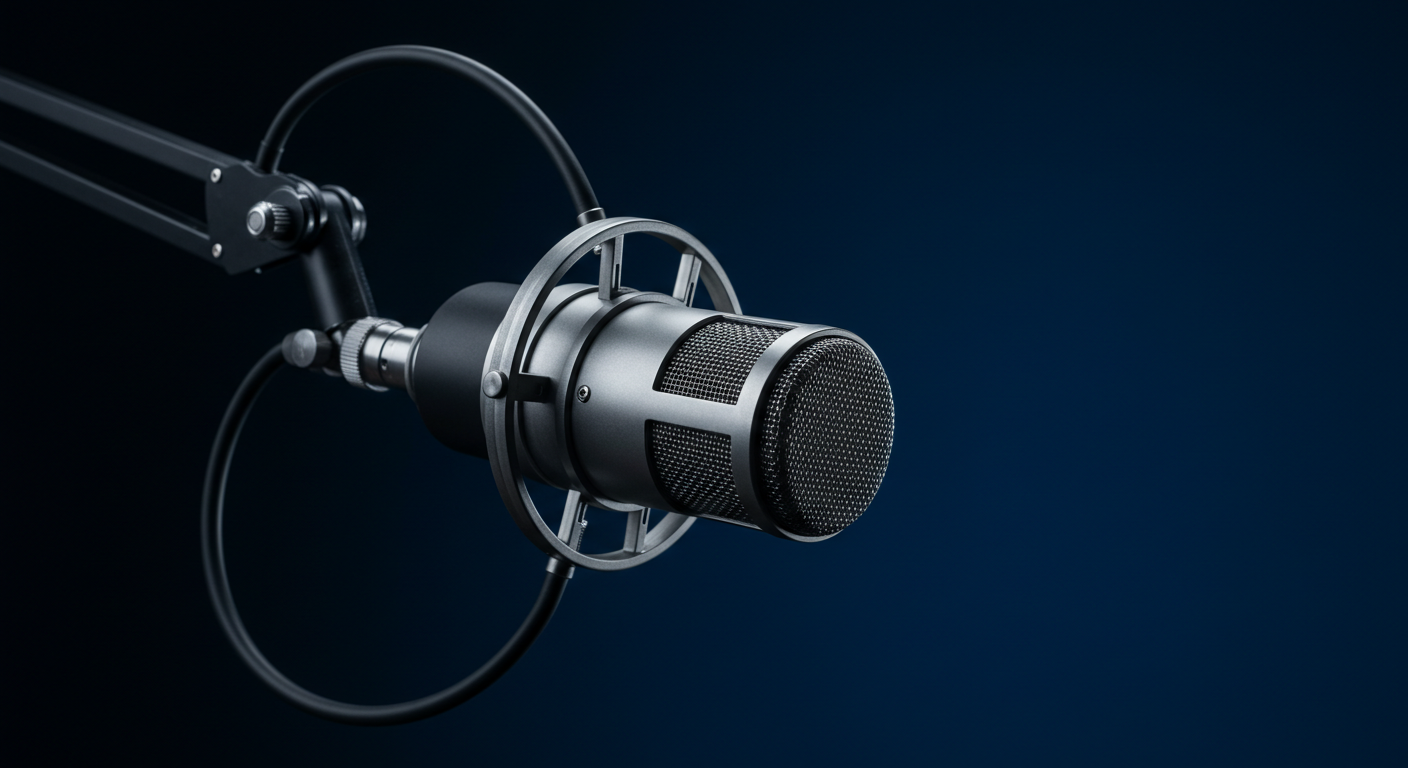
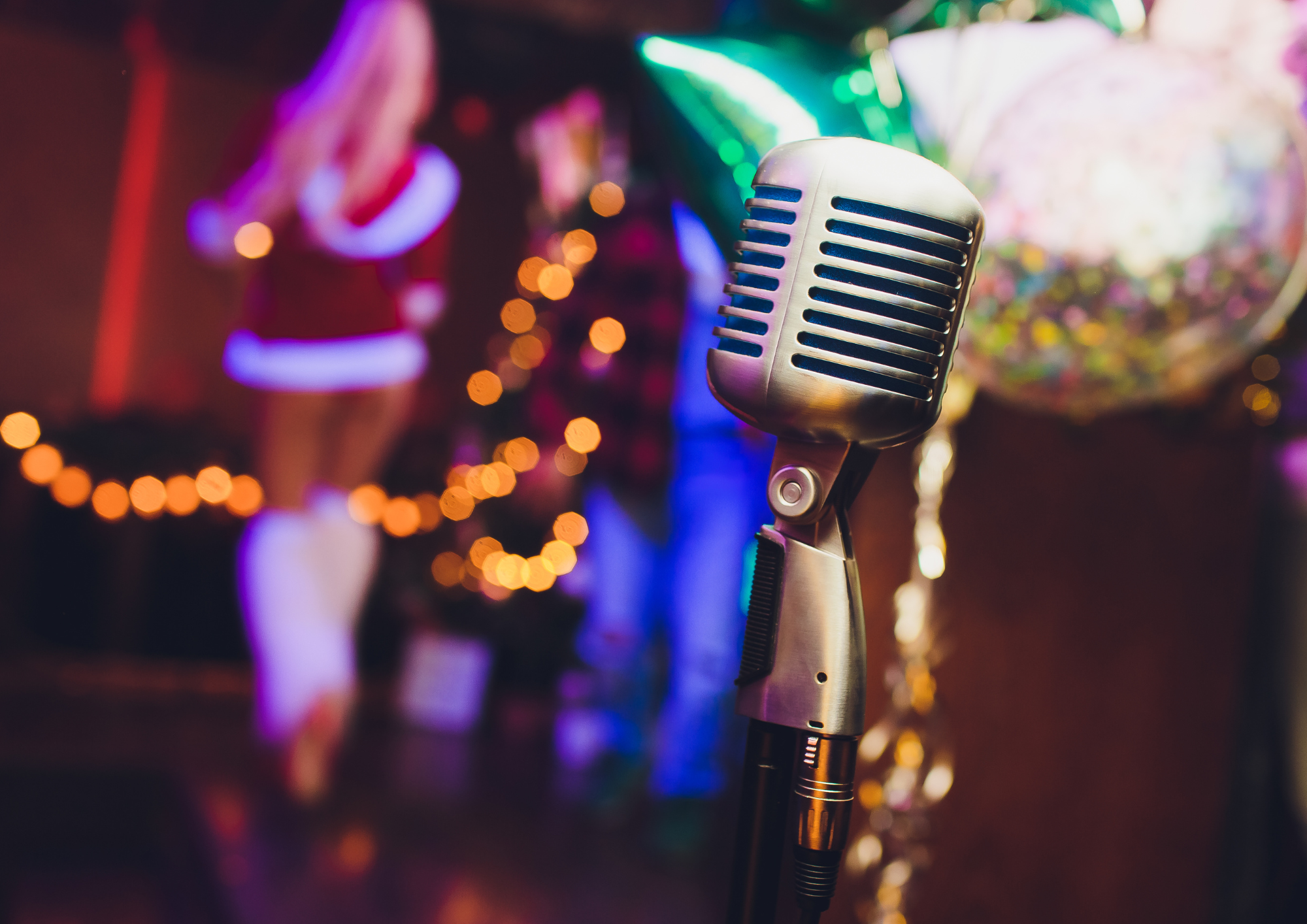
![Top DJ Software and Music Streaming Alternatives to Spotify [2024]](/assets/images/78523423627228ce1b9cdcc4d9b2a79b.png)
